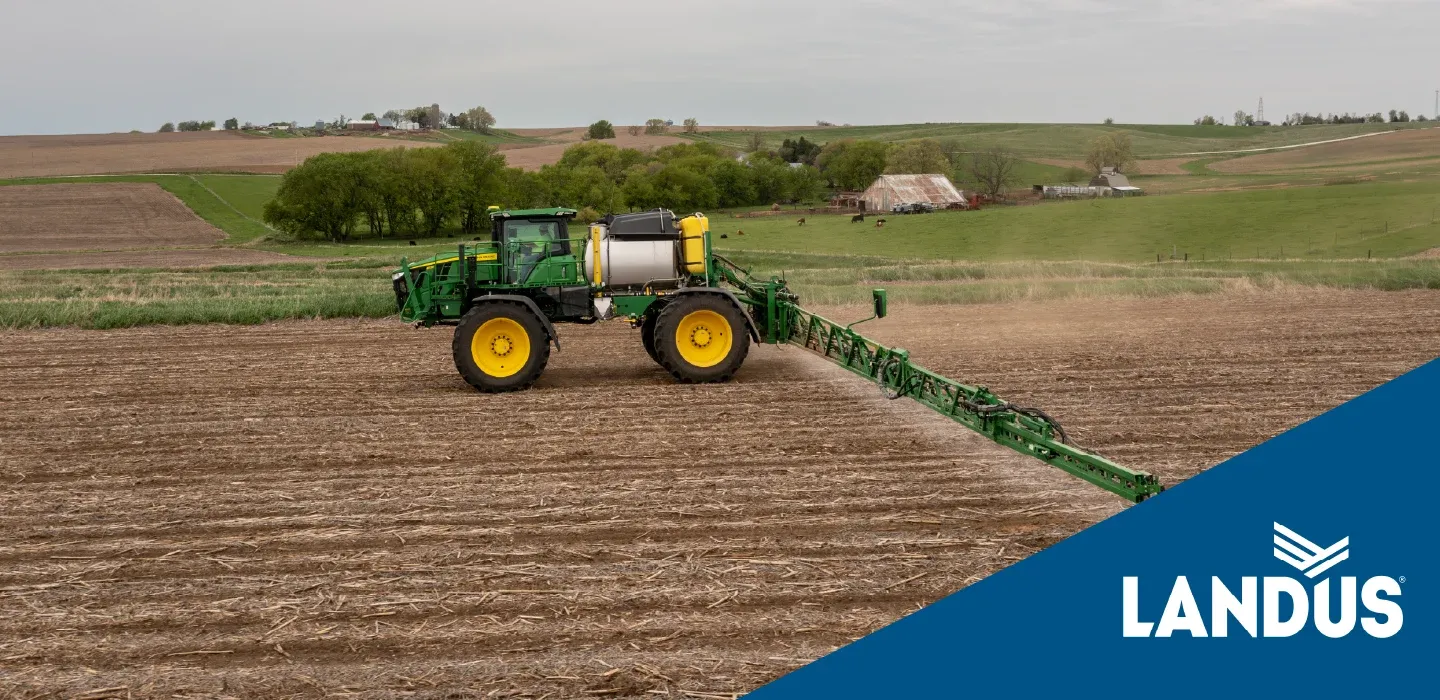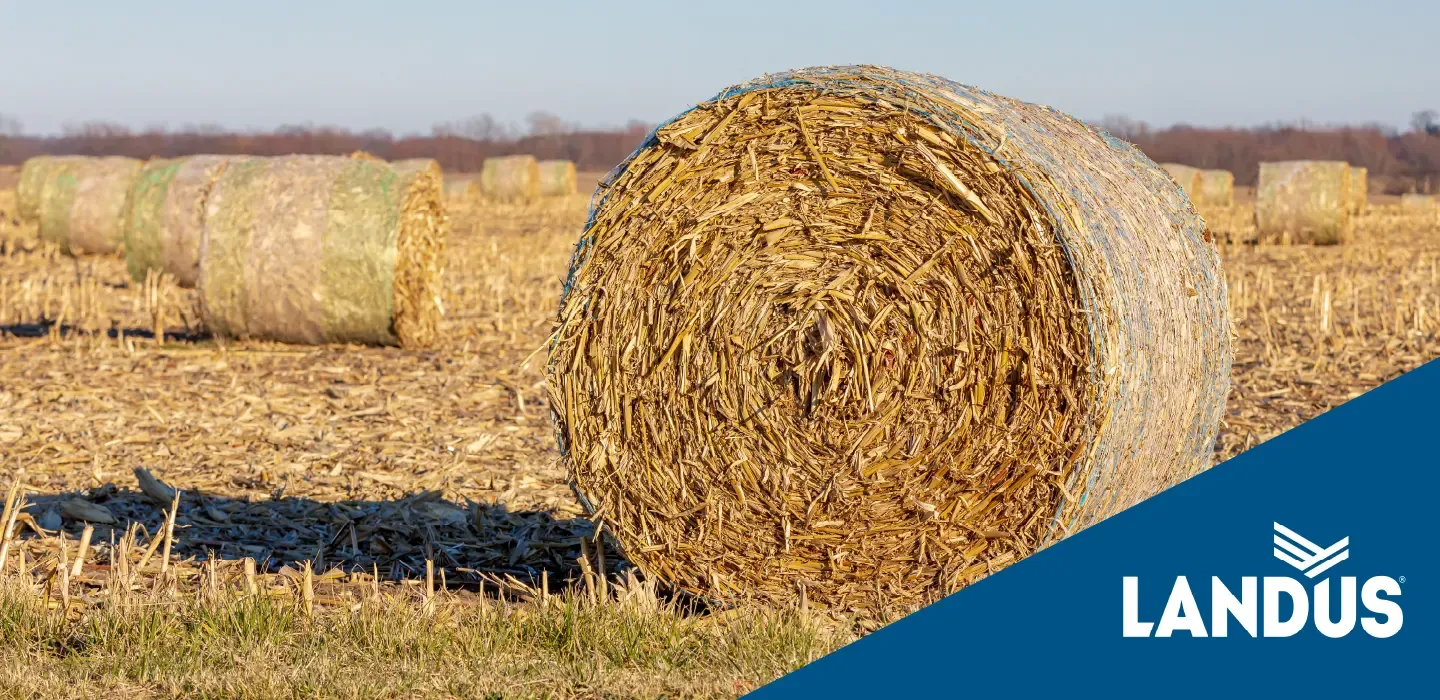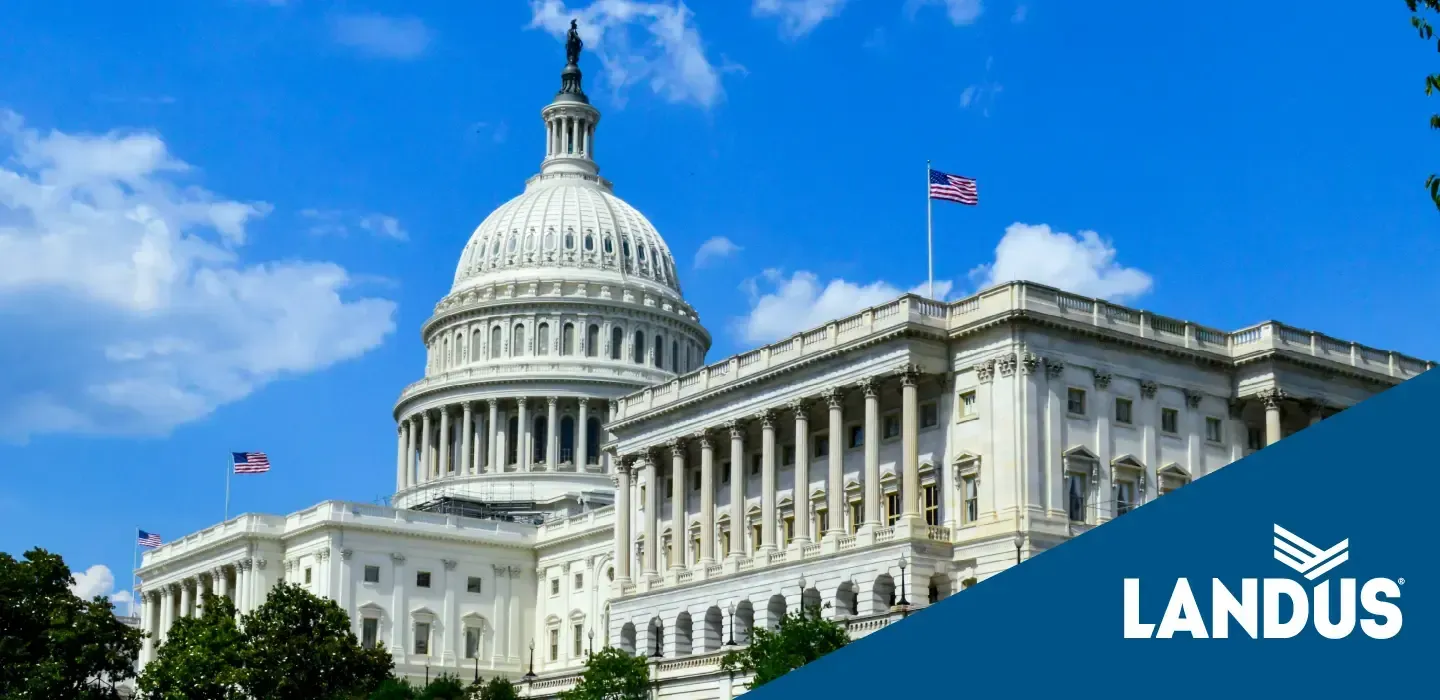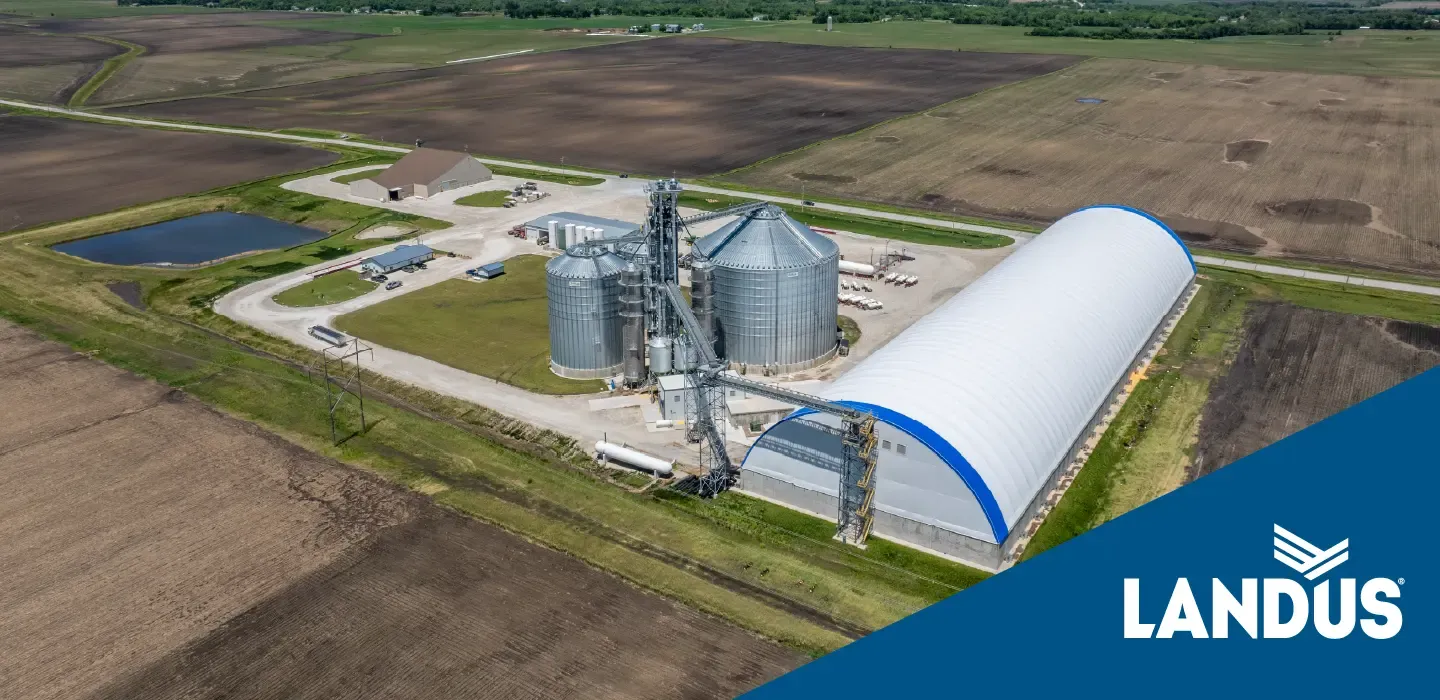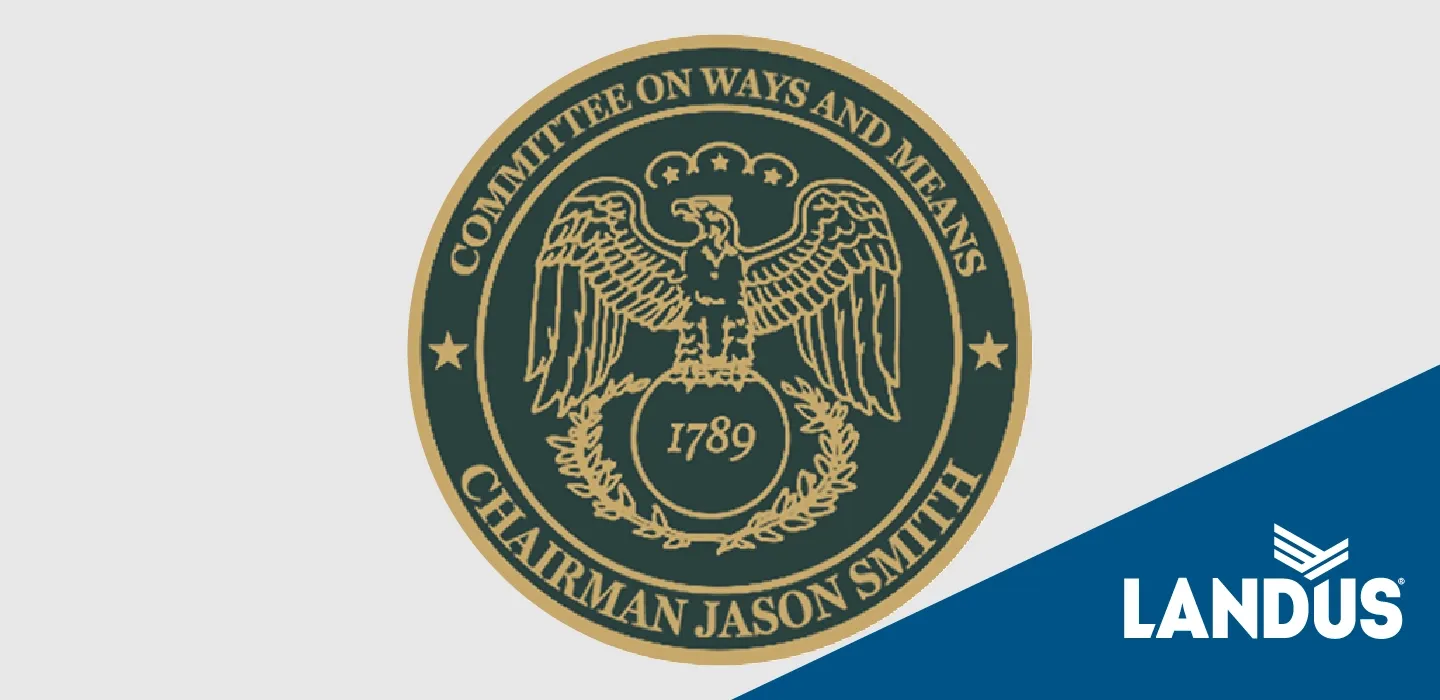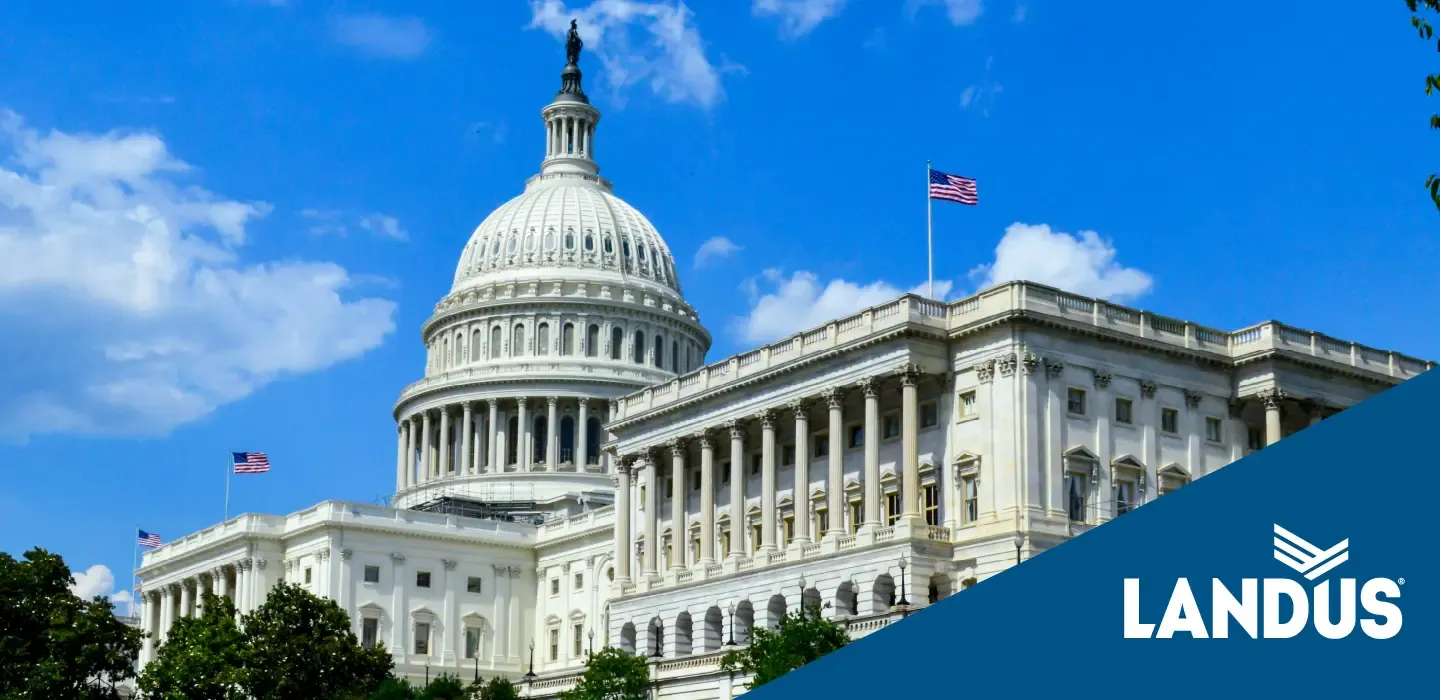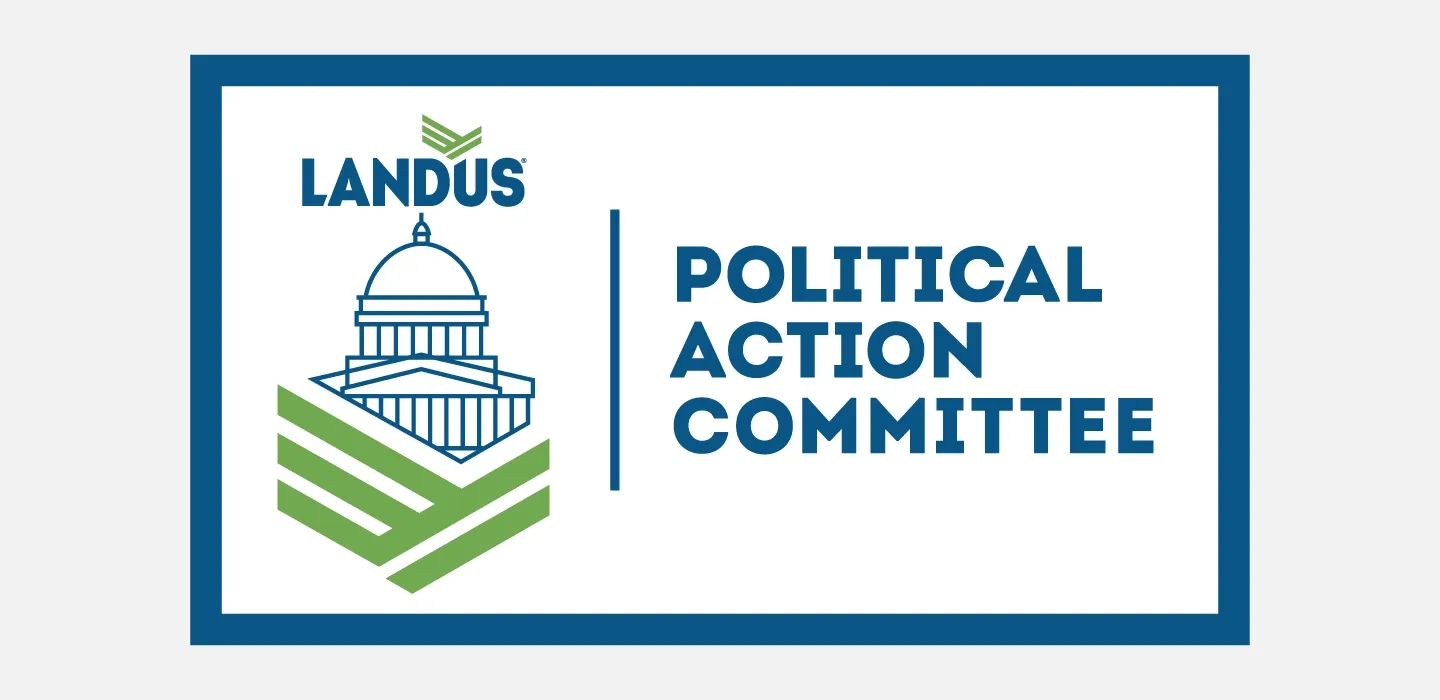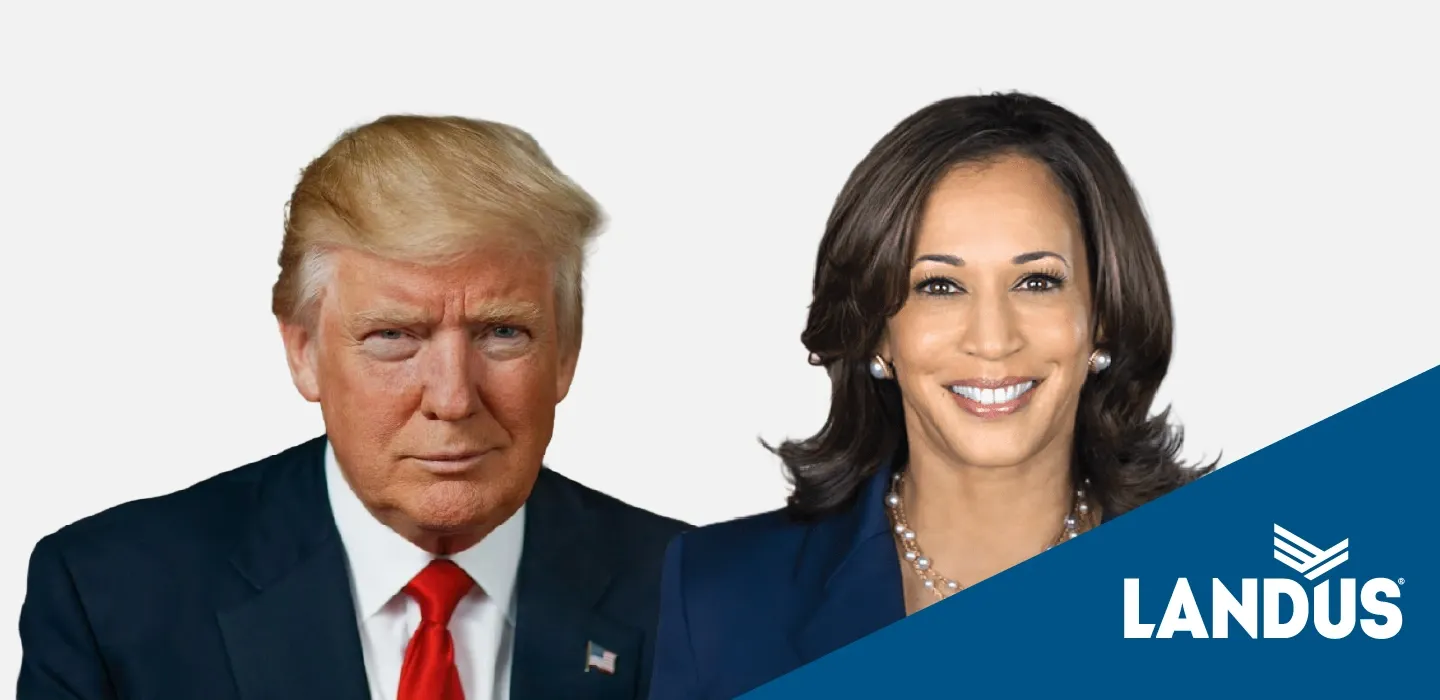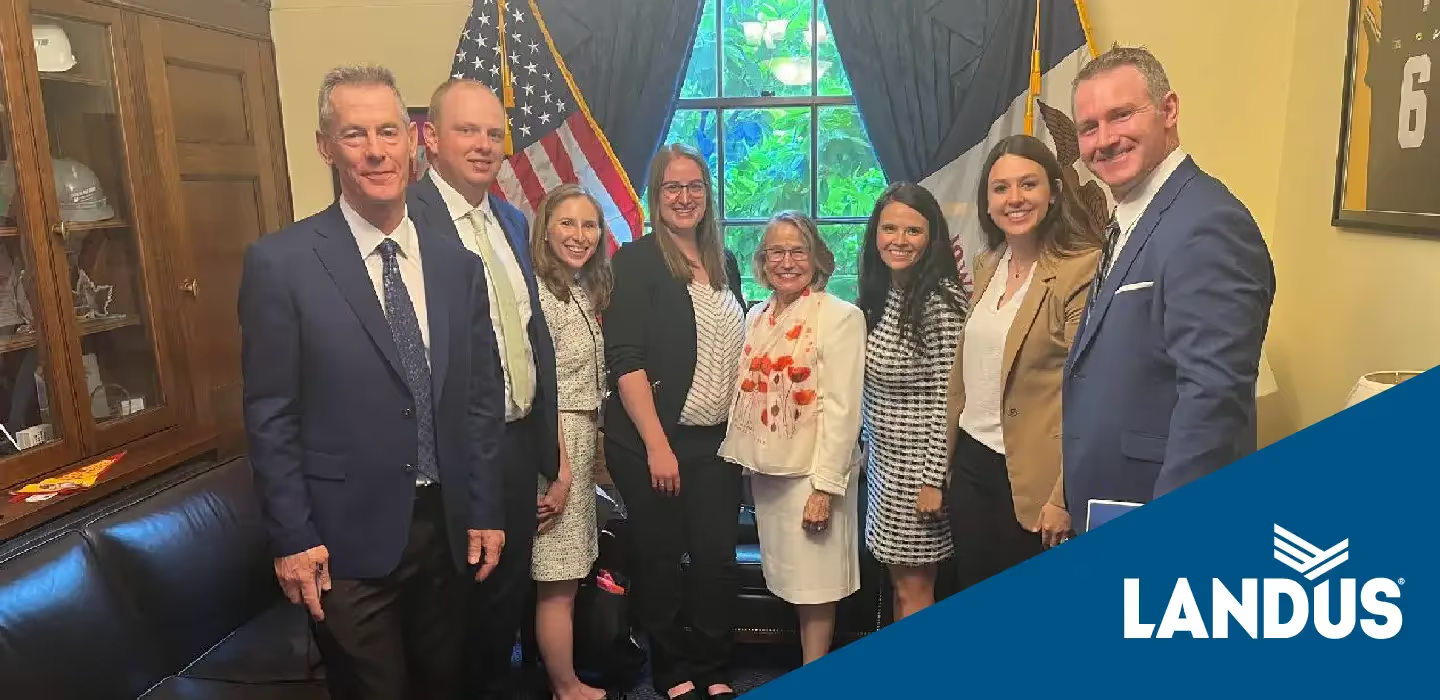Rural Matters: Election Results, Looking Ahead







As the dust is now beginning to settle, we have clarity on the political makeup going into the next year. Voter turnout this year was notably high, reflecting the intense interest in this cycle. Nationwide, early voting saw a substantial increase, with over 76 million Americans casting their ballots before Election Day. In Iowa, voter turnout was robust, contributing to the decisive outcomes in both federal and state races.
Late in the evening it was confirmed that former President Donald Trump and Senator JD Vance had surpassed the 270 electoral votes needed to secure the bid for the White House. As a reminder, the Electoral College is a unique system used to elect the President and Vice President of the United States. Each state is allocated a number of electors equal to its total number of Senators and Representatives in Congress (i.e. Iowa has 2 US Senators and 4 US Representatives, so we have 6 electoral votes). There are 538 electors in total, and a majority of 270 electoral votes is required to win the presidency. This system was developed to balance the influence of both populous and less populous states in the presidential election process.
At the federal level, the control of the U.S. House of Representatives remains uncertain as votes in more than 70 races are still being counted, and it may be a matter of a couple days before we have clarity on the majority in the House moving forward. The Senate, however, has seen a shift with Republicans gaining three seats, resulting in a slight majority (52 Republicans, 48 Democrats).For Iowa, all four of our U.S. House seats were up this cycle and while the first district is possibly headed to a recount due to the less than 500 votes separating the candidates, it is currently looking like all four of those incumbent Representatives will be headed back to D.C. for another cycle. Our U.S. Senate seats currently held by Senator Ernst and Senator Grassley will be on the ballot in 2026 and 2028, respectively.
In Iowa, the Republican Party has maintained their majority in the state legislature, likely gaining more seats in both chambers. As of writing this post, there are still a handful of races that have not yet been called due recounts. All 100 of the Iowa House seats were on the ballot this cycle, along with half of the Iowa Senate seats. The Governor and Lieutenant will be on the ballot in the 2026 cycle.
The results of the 2024 election will have immediate implications for the upcoming lame duck session (period of time between election and start of the new Congress). Key issues on the agenda include government funding, which is currently authorized through a continuing resolution until December 206. Other critical items include the National Defense Authorization Act (NDAA) and likely an extension of the Farm Bill, as well as consideration of some ad hoc disaster assistance for agriculture. The shift in Senate control may expedite some of these legislative processes, particularly those requiring bipartisan support.
The next session of Congress will begin on January 3, 2025. This session will see the newly elected members of the House and Senate take their seats, setting the stage for the legislative priorities of the 119th Congress. The 2025 presidential inauguration is scheduled for January 20, 2025.
A new presidential administration is responsible for filling approximately 4,000 political appointments, of which around 1,200 require Senate confirmation. These positions include key roles such as Cabinet secretaries, agency heads, deputy and assistant secretaries, and ambassadors. We will begin to see those nomination announcements in the coming weeks, and will be pay specific attention to roles with the USDA and EPA, amongst others.
At the state level, the Iowa legislature will elect its leadership at the beginning of the new legislative session, which is slated to begin January 13, 2025. This typically involves selecting key positions such as the Speaker of the House, Senate President, and majority and minority leaders for both chambers.
